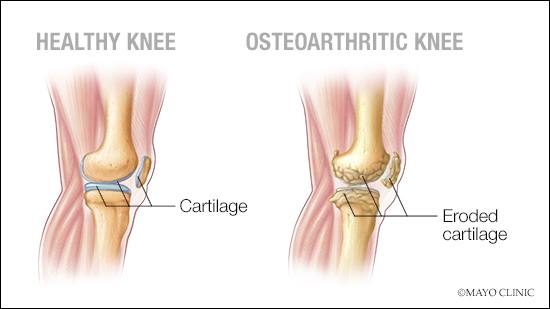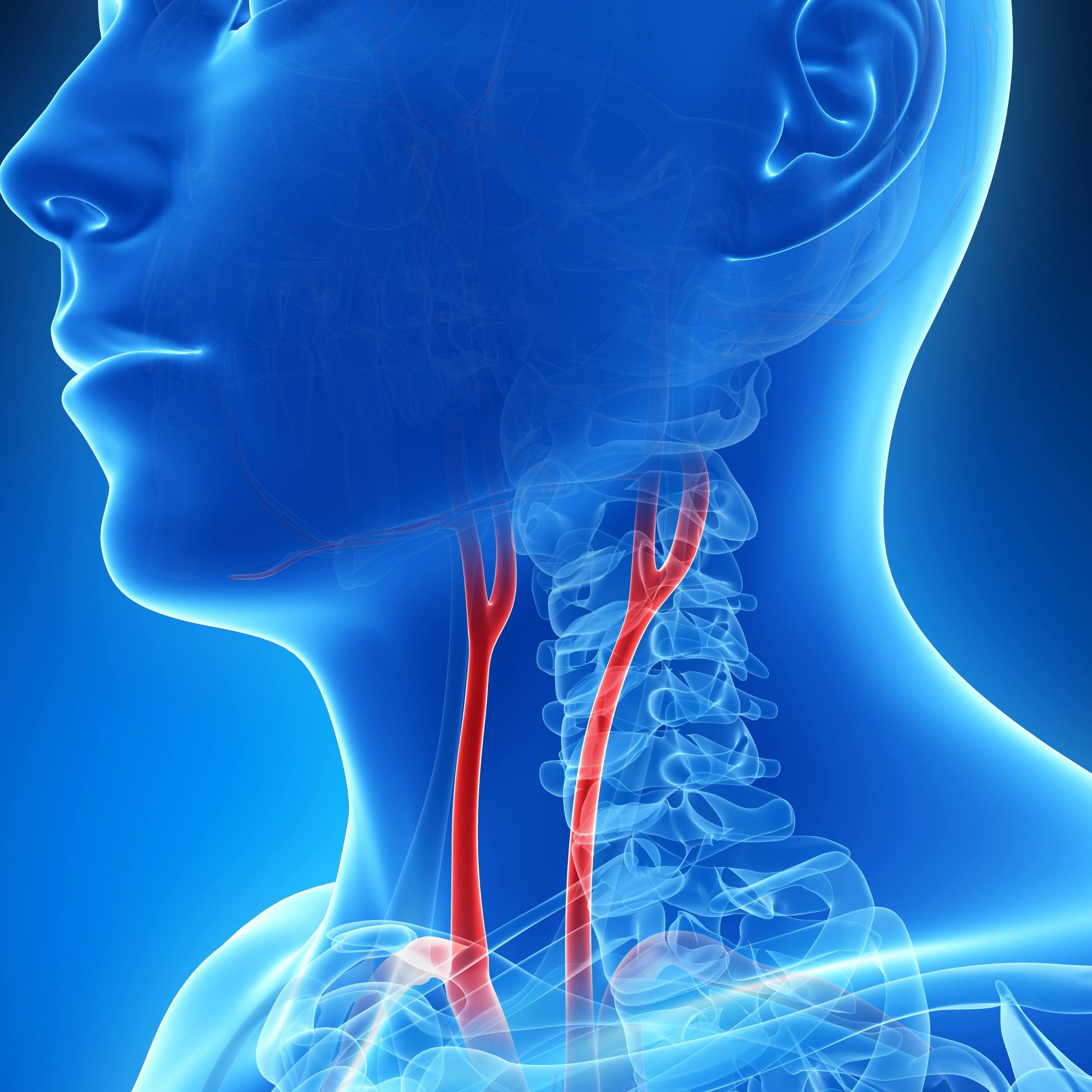-
Mayo Clinic Q and A: Managing arthritis pain
 DEAR MAYO CLINIC: Nine months ago, I lost a significant amount of weight after being told doing so should help with pain from osteoarthritis. I now have a healthy body mass index, but my joints still hurt. Why is that? What else can I do to lessen my symptoms?
DEAR MAYO CLINIC: Nine months ago, I lost a significant amount of weight after being told doing so should help with pain from osteoarthritis. I now have a healthy body mass index, but my joints still hurt. Why is that? What else can I do to lessen my symptoms?
ANSWER: By losing weight, you have definitely improved your overall health, and you’ve decreased the risk that your arthritis symptoms will worsen. Unfortunately, weight loss doesn’t reverse the effects of osteoarthritis on your joints. That means weight loss alone usually isn’t enough to completely eliminate pain and other symptoms caused by osteoarthritis. But, along with maintaining your weight loss, exercising regularly, taking medication and participating in physical therapy all can help you manage arthritis pain.
Osteoarthritis is sometimes called wear-and-tear arthritis because it often develops over time as the cartilage within joints breaks down. Cartilage is the hard, slick coating that cushions the ends of your bones and allows them to move freely. In time, the cartilage may wear away completely, so bone grinds directly on bone, causing pain and making it hard to move the joint. Other common symptoms of arthritis — in addition to pain and loss of flexibility — include joint stiffness, redness and swelling.
Being overweight or obese significantly raises the risk of developing osteoarthritis in the hips, knees and spine. That’s because extra weight places added pressure and strain on those joints, putting the cartilage at higher risk for damage. In addition, fat tissue produces proteins that may cause harmful inflammation in and around your joints that contributes to osteoarthritis.
Losing weight decreases stress on the joints. That makes it less likely the cartilage will break down further. Weight loss also may help lessen inflammation, and that can reduce arthritis symptoms. However, weight loss can’t fix the damage that’s already been done to cartilage. And once cartilage begins to break down, that process cannot be reversed.
So, while weight loss is an excellent step in helping to manage arthritis symptoms, it typically needs to be coupled with other therapies to most effectively minimize the inflammation and pain caused by osteoarthritis.
Physical therapy, in particular, can be useful for easing arthritis symptoms. A physical therapist can work with you to create an exercise program that strengthens the muscles around your joints, increases your range of motion and reduces pain. Regular, gentle exercise that you do on your own, such as biking, swimming or walking, also can help. Your physical therapist can give you suggestions for the activities that will work best for your situation.
Some people find that movement therapies, such as yoga and tai chi, help ease osteoarthritis pain and increase their range of motion. These therapies involve gentle exercises and stretches combined with deep breathing. If you’re interested in trying tai chi or yoga, ask your physical therapist to recommend an instructor. It’s important to work with someone who understands how to provide guidance to people with arthritis, so the exercises don’t harm your joints.
You also may need medication to control arthritis symptoms. Nonprescription pain relievers, such as acetaminophen and ibuprofen, usually can help ease pain. Prescription drugs, including stronger nonsteroidal anti-inflammatory medications, also can reduce inflammation.
In addition, if you smoke, quit. Smoking is related to accelerated damage of connective tissues and developing arthritis and pain from arthritis.
Talk with your health care provider about creating a treatment plan to help you deal with arthritis. With your weight loss, you’ve already tackled one of the more difficult parts of controlling this disease. Working with your provider, you can find ways to reduce your symptoms and control your osteoarthritis now and in the long run. — Dr. Eric Matteson, Rheumatology, Mayo Clinic, Rochester, Minnesota







